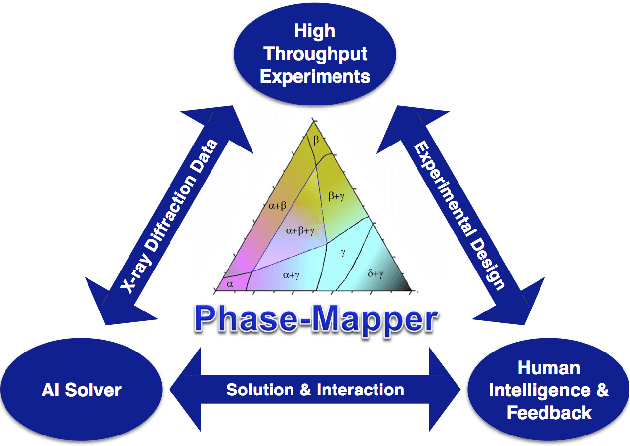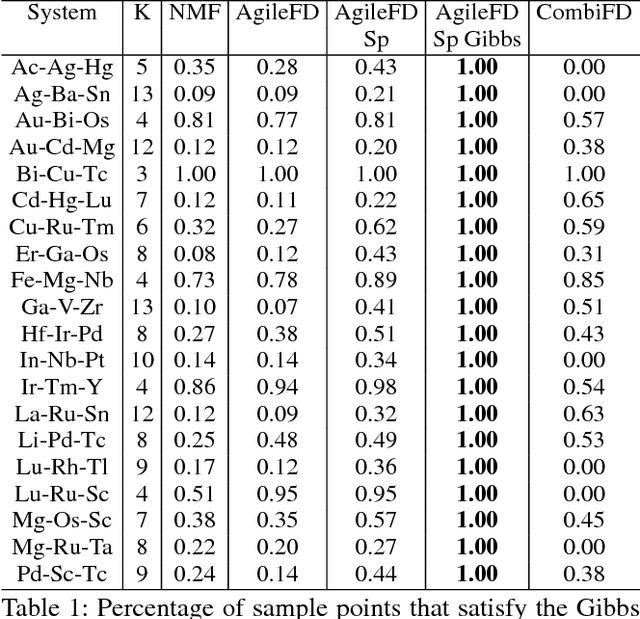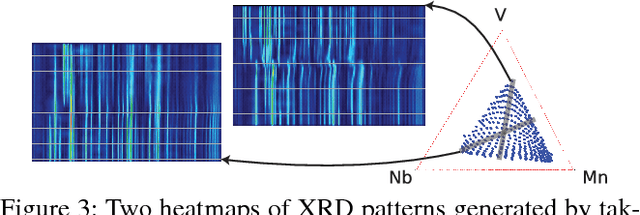Richard Bernstein
Automatic Detection and Compression for Passive Acoustic Monitoring of the African Forest Elephant
Feb 25, 2019



Abstract:In this work, we consider applying machine learning to the analysis and compression of audio signals in the context of monitoring elephants in sub-Saharan Africa. Earth's biodiversity is increasingly under threat by sources of anthropogenic change (e.g. resource extraction, land use change, and climate change) and surveying animal populations is critical for developing conservation strategies. However, manually monitoring tropical forests or deep oceans is intractable. For species that communicate acoustically, researchers have argued for placing audio recorders in the habitats as a cost-effective and non-invasive method, a strategy known as passive acoustic monitoring (PAM). In collaboration with conservation efforts, we construct a large labeled dataset of passive acoustic recordings of the African Forest Elephant via crowdsourcing, compromising thousands of hours of recordings in the wild. Using state-of-the-art techniques in artificial intelligence we improve upon previously proposed methods for passive acoustic monitoring for classification and segmentation. In real-time detection of elephant calls, network bandwidth quickly becomes a bottleneck and efficient ways to compress the data are needed. Most audio compression schemes are aimed at human listeners and are unsuitable for low-frequency elephant calls. To remedy this, we provide a novel end-to-end differentiable method for compression of audio signals that can be adapted to acoustic monitoring of any species and dramatically improves over naive coding strategies.
Phase-Mapper: An AI Platform to Accelerate High Throughput Materials Discovery
Oct 07, 2016



Abstract:High-Throughput materials discovery involves the rapid synthesis, measurement, and characterization of many different but structurally-related materials. A key problem in materials discovery, the phase map identification problem, involves the determination of the crystal phase diagram from the materials' composition and structural characterization data. We present Phase-Mapper, a novel AI platform to solve the phase map identification problem that allows humans to interact with both the data and products of AI algorithms, including the incorporation of human feedback to constrain or initialize solutions. Phase-Mapper affords incorporation of any spectral demixing algorithm, including our novel solver, AgileFD, which is based on a convolutive non-negative matrix factorization algorithm. AgileFD can incorporate constraints to capture the physics of the materials as well as human feedback. We compare three solver variants with previously proposed methods in a large-scale experiment involving 20 synthetic systems, demonstrating the efficacy of imposing physical constrains using AgileFD. Phase-Mapper has also been used by materials scientists to solve a wide variety of phase diagrams, including the previously unsolved Nb-Mn-V oxide system, which is provided here as an illustrative example.
 Add to Chrome
Add to Chrome Add to Firefox
Add to Firefox Add to Edge
Add to Edge